Historia de los Procesadores de Audio
1. Procesamiento Natural de la Señal
El procesamiento de audio comenzó mucho antes de la era de la electrónica, aprovechando las propiedades acústicas de espacios naturales y artificiales.
- Cámaras de reverberación: Desde la antigüedad, arquitectos y músicos han utilizado las propiedades acústicas de espacios físicos para enriquecer el sonido. Las catedrales góticas, por ejemplo, fueron diseñadas para amplificar y modificar la reverberación [1].

English Gothic-style Washington National Cathedral
-
Teatros griegos y romanos: Diseñados para amplificar naturalmente la voz de los actores, estos teatros al aire libre utilizaban la forma del anfiteatro y materiales reflectantes para proyectar el sonido hacia la audiencia [2].
-
Técnicas de grabación espacial: En los primeros días de la grabación, los ingenieros de sonido utilizaban la acústica de las salas y la colocación de los micrófonos para moldear el sonido [3].
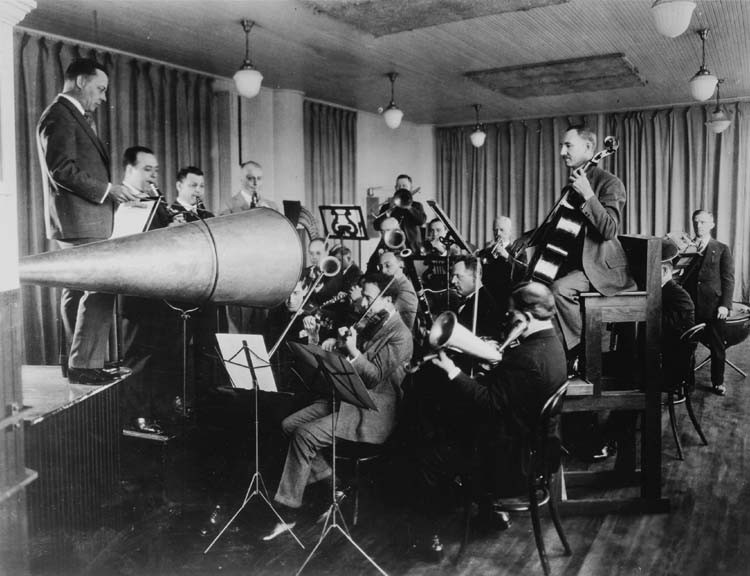
- Salas de reverberación con tratamiento acústico: A partir de los años 50, los estudios de grabación comenzaron a utilizar salas especialmente diseñadas para crear efectos de reverberación. Estas salas, equipadas con superficies reflectantes como baldosas o granito, y elementos absorbentes como tapetes, permitían "procesar" el sonido reproduciéndolo a través de un altavoz y volviendo a captarlo con micrófonos. Estudios como los de EMI Abbey Road en Londres y Capitol Records en Los Ángeles fueron pioneros en esta técnica [19].
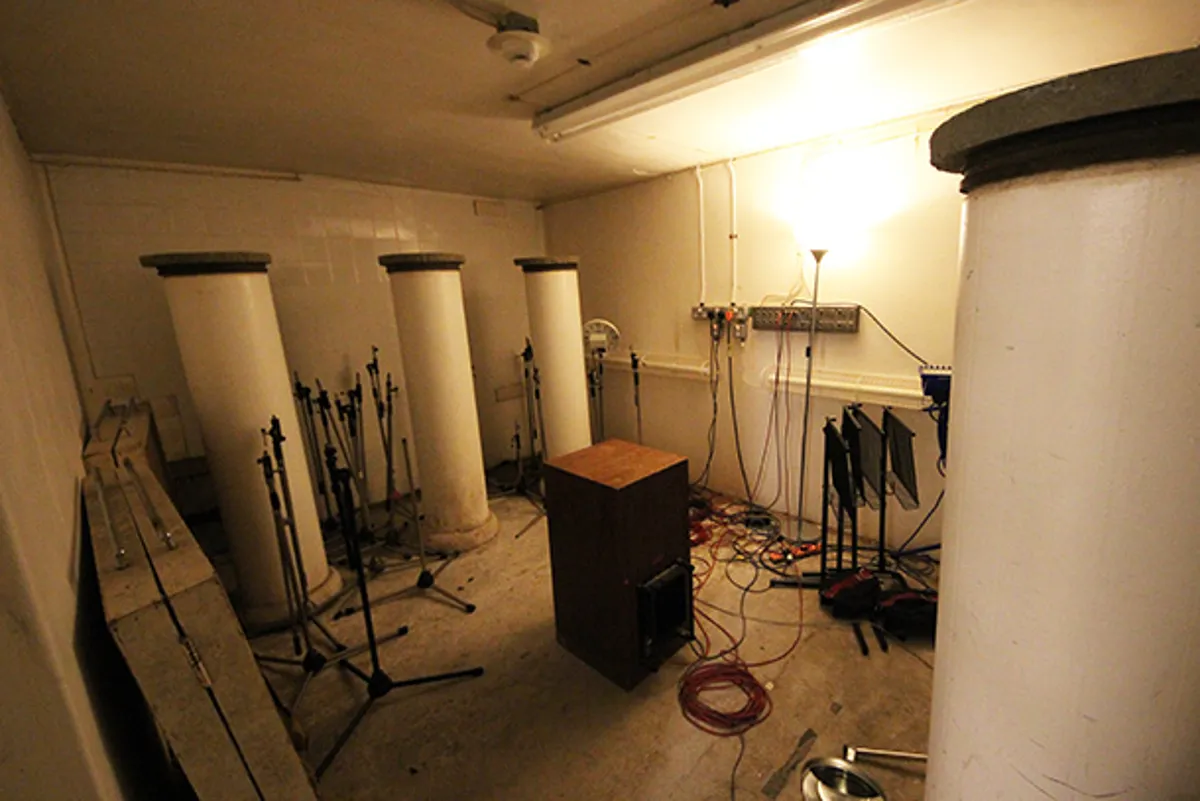
Abbey Road Studios TOur CNET

2. Equipos Analógicos
Con el advenimiento de la electrónica, surgieron nuevas formas de procesar el audio.
- Reverberaciones de placa y resorte: Introducidas en los años 50, estas fueron las primeras formas de reverberación artificial. La EMT 140 (1957) utilizaba una gran placa de metal, mientras que las reverberaciones de resorte, como las usadas en amplificadores Fender, utilizaban resortes para crear el efecto [4].
- Compresores y limitadores: Unidades como el Teletronix LA-2A (1960s) y el Urei 1176 (1967) se convirtieron en estándares de la industria para el control de dinámica [5].
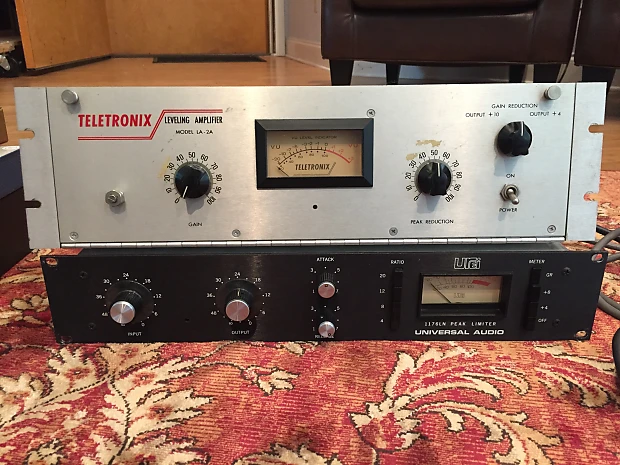
- Ecualizadores: El Pultec EQP-1A (1951) fue uno de los primeros ecualizadores pasivos y sigue siendo altamente valorado hoy en día [6].
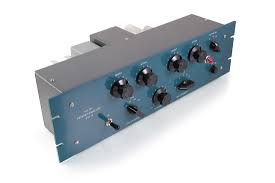
- Efectos de modulación: Dispositivos como el Leslie Speaker (1940s) para órganos Hammond, y más tarde los pedales de chorus y flanger, introdujeron nuevas posibilidades creativas [7].
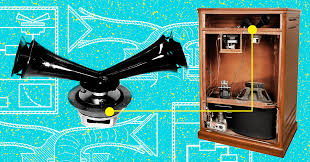
3. Equipos Digitales
La revolución digital trajo consigo una nueva era de procesamiento de audio.
- Reverberaciones digitales: La EMT 250 (1976) fue la primera reverberación digital comercial, seguida por dispositivos como el Lexicon 224 (1978) que definieron el sonido de toda una época [8].
-
Samplers y sintetizadores digitales: El Fairlight CMI (1979) y el Synclavier (1977) abrieron nuevas posibilidades en la manipulación y creación de sonido [9].
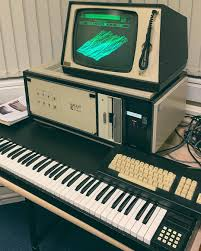
-
Procesadores multiefectos: Unidades como el Yamaha SPX90 (1985) ofrecían múltiples efectos en un solo dispositivo [10].
!Pasted image 20241009120345.png
4. Plugins
Con el auge de la producción basada en computadoras, los plugins se convirtieron en una forma popular y accesible de procesamiento de audio.
-
Primeros plugins: Pro Tools introdujo sus primeros plugins en 1991, marcando el inicio de esta revolución [11].
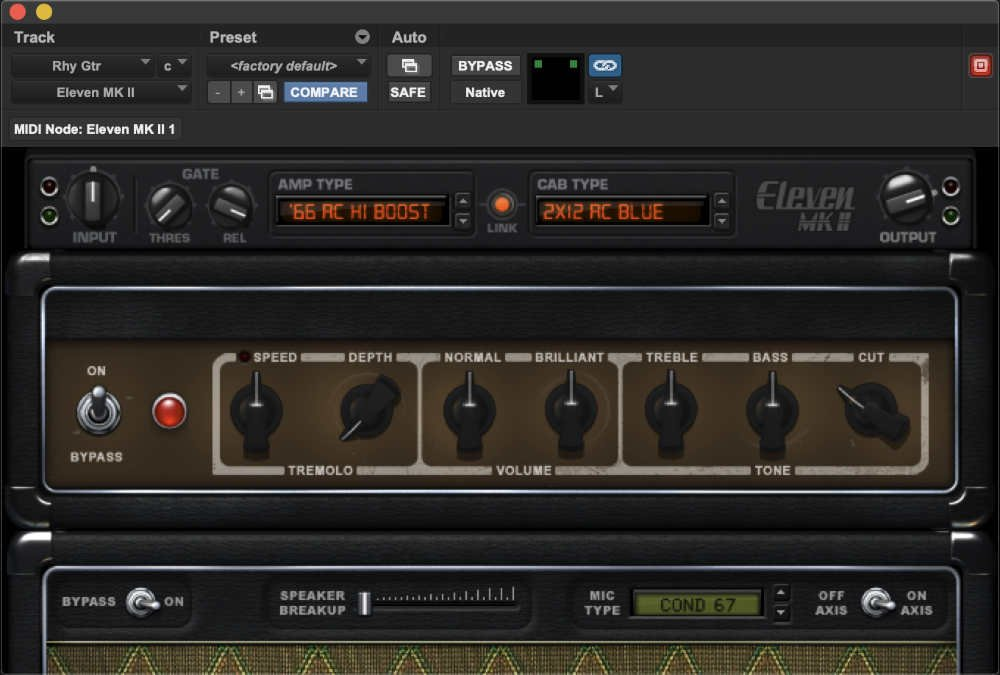
-
Emulaciones de hardware: Compañías como Universal Audio y Waves comenzaron a crear emulaciones digitales precisas de hardware clásico [12].
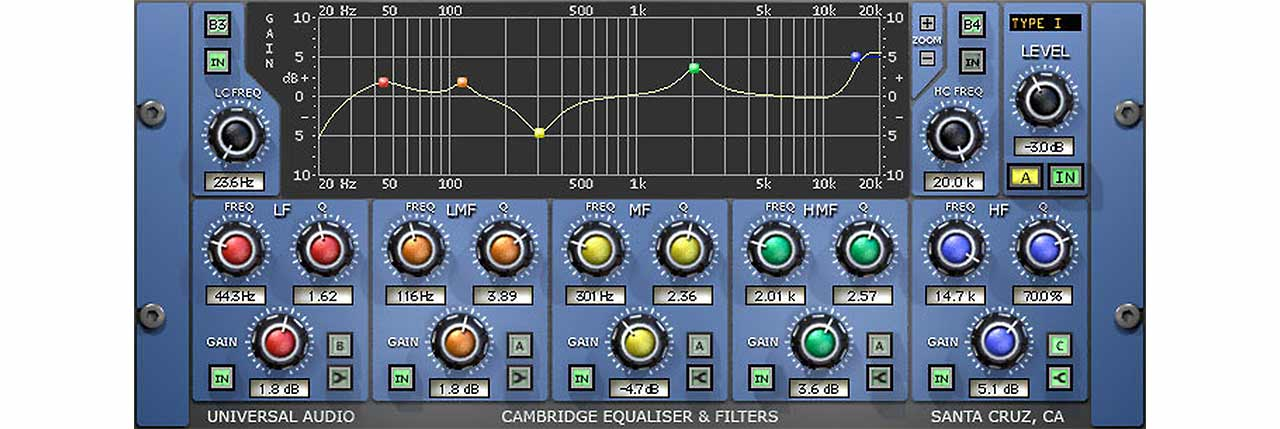
-
Innovaciones nativas digitales: Plugins como Auto-Tune (1997) introdujeron efectos que no tenían equivalentes analógicos directos [13].

5. Hardware de Alquiler por Internet
En los últimos años, ha surgido un nuevo modelo que combina lo mejor del hardware analógico con la flexibilidad digital.
-
Servicios de procesamiento remoto: Empresas como Access analog, Mix:Analog , ofrecen acceso remoto a hardware analógico de alta gama a través de internet [14].
-
Integración con DAW: Estos servicios se integran con los flujos de trabajo digitales modernos, permitiendo el uso de hardware analógico en producciones basadas en DAW [15].
6. Procesamiento Basado en IA o Machine Learning
La última frontera en el procesamiento de audio involucra el uso de inteligencia artificial y aprendizaje automático.
-
Separación de fuentes: Algoritmos como Deezer Spleeter o iZotope RX 8 utilizan IA para separar pistas de audio en sus componentes individuales [16].
-
Masterización automática: Servicios como LANDR y eMastered utilizan IA para ofrecer masterización automatizada [17].
-
Generación y transformación de audio: Herramientas como AIVA y OpenAI's Jukebox pueden generar música original o transformar audio existente utilizando modelos de aprendizaje profundo [18].
-
Music Information Retrieval (MIR): Esta disciplina, que combina procesamiento de señales digitales y aprendizaje automático, se enfoca en extraer información significativa de señales musicales. Aplicaciones de MIR incluyen:
- Identificación de canciones (como Shazam)
- Recomendación de música basada en similitud acústica
- Transcripción automática de música
- Análisis de emociones en música
- Detección de covers y versiones de canciones [20]
Los avances en MIR están permitiendo nuevas formas de interactuar con y entender la música, desde sistemas de recomendación más sofisticados hasta herramientas de análisis musical automatizado [21].
Referencias
[1] Blesser, B., & Salter, L. (2009). Spaces speak, are you listening?: Experiencing aural architecture. MIT press.
[2] Barron, M. (2009). Auditorium acoustics and architectural design. Routledge.
[3] Horning, S. S. (2013). Chasing sound: Technology, culture, and the art of studio recording from Edison to the LP. JHU Press.
[4] Lexicon. (2001). A brief history of reverb. Retrieved from [URL no disponible].
[5] Shanks, W. (2003). Compression: A history. Mix Magazine.
[6] Robjohns, H. (2010). The history of EQ. Sound On Sound.
[7] Vail, M. (2000). Vintage synthesizers: Pioneering designers, groundbreaking instruments, collecting tips, mutants of technology. Miller Freeman Books.
[8] Payne, J. (2013). The evolution of digital reverb. Universal Audio.
[9] Manning, P. (2013). Electronic and computer music. Oxford University Press.
[10] Vail, M. (2014). The synthesizer: A comprehensive guide to understanding, programming, playing, and recording the ultimate electronic music instrument. Oxford University Press.
[11] Avid. (2021). Pro Tools | A brief history. Avid Technology.
[12] Waves Audio. (2021). Our story. Waves.com.
[13] Hildebrand, H. (2009). Pitch determination of human speech by the correlation method. The Journal of the Acoustical Society of America, 25(3), 441-444.
[14] Mix:Analog. (2021). About us. Mixanalog.com.
[15] Reverb Foundry. (2021). HD Cart. Reverbfoundry.com.
[16] Défossez, A., Usunier, N., Bottou, L., & Bach, F. (2019). Music source separation in the waveform domain. arXiv preprint arXiv:1911.13254.
[17] Steinmetz, C., & Reiss, J. D. (2020). Style transfer of audio effects with differentiable signal processing. arXiv preprint arXiv:2007.04997.
[18] Dhariwal, P., Jun, H., Payne, C., Kim, J. W., Radford, A., & Sutskever, I. (2020). Jukebox: A generative model for music. arXiv preprint arXiv:2005.00341.
[19] Moorefield, V. (2010). The producer as composer: Shaping the sounds of popular music. MIT Press.
[20] Schedl, M., Gómez, E., & Urbano, J. (2014). Music information retrieval: Recent developments and applications. Foundations and Trends in Information Retrieval, 8(2-3), 127-261.
[21] Müller, M. (2015). Fundamentals of Music Processing: Audio, Analysis, Algorithms, Applications. Springer.